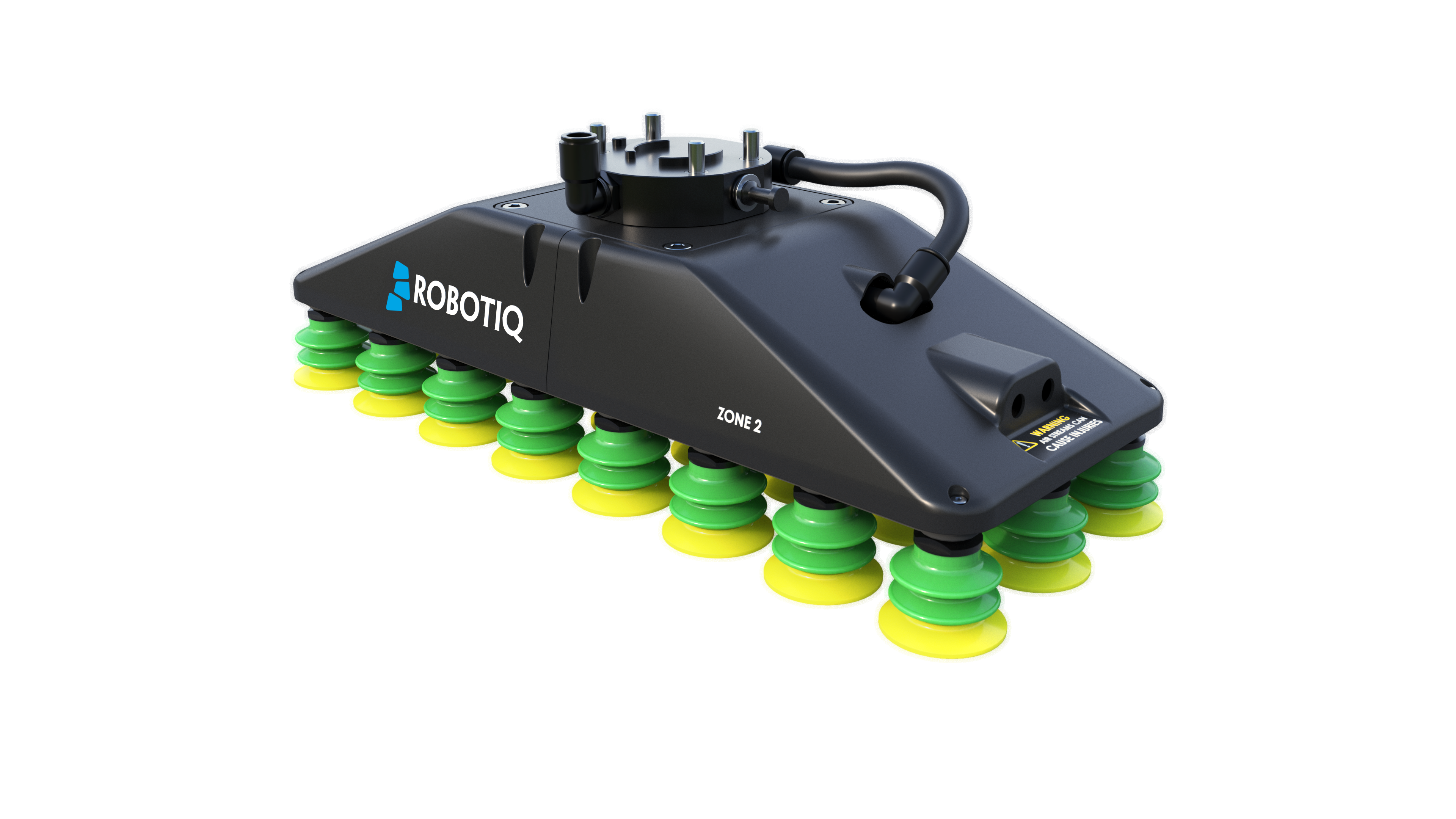Robot gripper: How much does it cost?

Posted on Aug 17, 2014 in Robot Grippers
3 min read time
The decision has been made to automate a manual handling process. The automation concept has been chosen. Now is time to look into the details on how we will pick, hold and place those parts. The cost of the gripping units itself is not a big part of an automation project. Suction cups can be as little as $10 and an electric gripper can be several $1,000; but these costs represent a small fraction of the whole project. That is why grippers are too often the last aspect to be analyzed in an automation project. But grippers have a direct impact on cell performance and throughput. When budgeting and choosing grippers, it is important to consider performance, purchase cost and even more importantly recurring costs that will come from using the gripper in production. Let's assume that you have analyzed the performance of different gripping options and now want to analyze which one will be the most cost-effective. This article explains how to compare the cost difference between robot gripper options for your automation project.
1. Get your robotic cell data
The following numbers will come into play when comparing the costs of different robot grippers:
- Current number of geometrically different parts in production
- Number of geometrically different parts handled in one cycle
- Number of cycles per hour
- Number of production hours per day
- Number of production days per year
- Number of changeovers on an average day
- Number of new parts or products introduced every year
- Average cell output value per hour
- Number of identical cells to automate
2. Define your robot gripper options
- What type of gripper will you be using: pneumatic gripper, electric gripper or suction cups?
- Will flexibility be require for a tool changer or a flexible robot gripper?
- Will you have to arrange off-the-shelf components on a custom made robot end-effector?
- Will you have to machine your own custom made fingers?
- What will be the sequence in the cell needed to handle the different parts?
- What will happen when you change parts or products?
- Do you expect to introduce new parts on this cell in the future?
- Are you getting a price for the components that match the part and process requirements?
3. Define the robot grippers purchase cost
For all the options in front of you, define what you will have to purchase initially:
- Cost of all gripping unit(s)
- Cost of tool changer(s)
- Cost of custom design and fabrication (end-effector and/or fingers)
- Cost of robotic programming for grippers
- Cost of spare parts
4. Operation cost
What will be the financial impact of the gripper choice once in production?
- Cost of tool changing - Will the tool changing time reduce the cycle time?
- Cost of changeover - What is the loss in cell production caused by changing the tool between one product and the next?
- Cost of compressed air (electricity, maintenance)
- Cost of maintenance
5. Flexibility cost
What will be the financial impact of the gripper choice if you want to add new products on this line? This aspect is the most difficult to evaluate accurately. Still, it is worth considering it as it can represent large hidden costs. The same costs that were considered at purchase need to be considered here. One difference though is that the programming time will most probably involve stopping the cell production, which can also be quite costly.
Want to take the next step?
I hope that this article showed you the importance of taking the time to analyze which gripper solution is the most cost effective. To help you make the right decision and compare the cost of different gripping options, download our ROI calculator.


.jpg)





Leave a comment